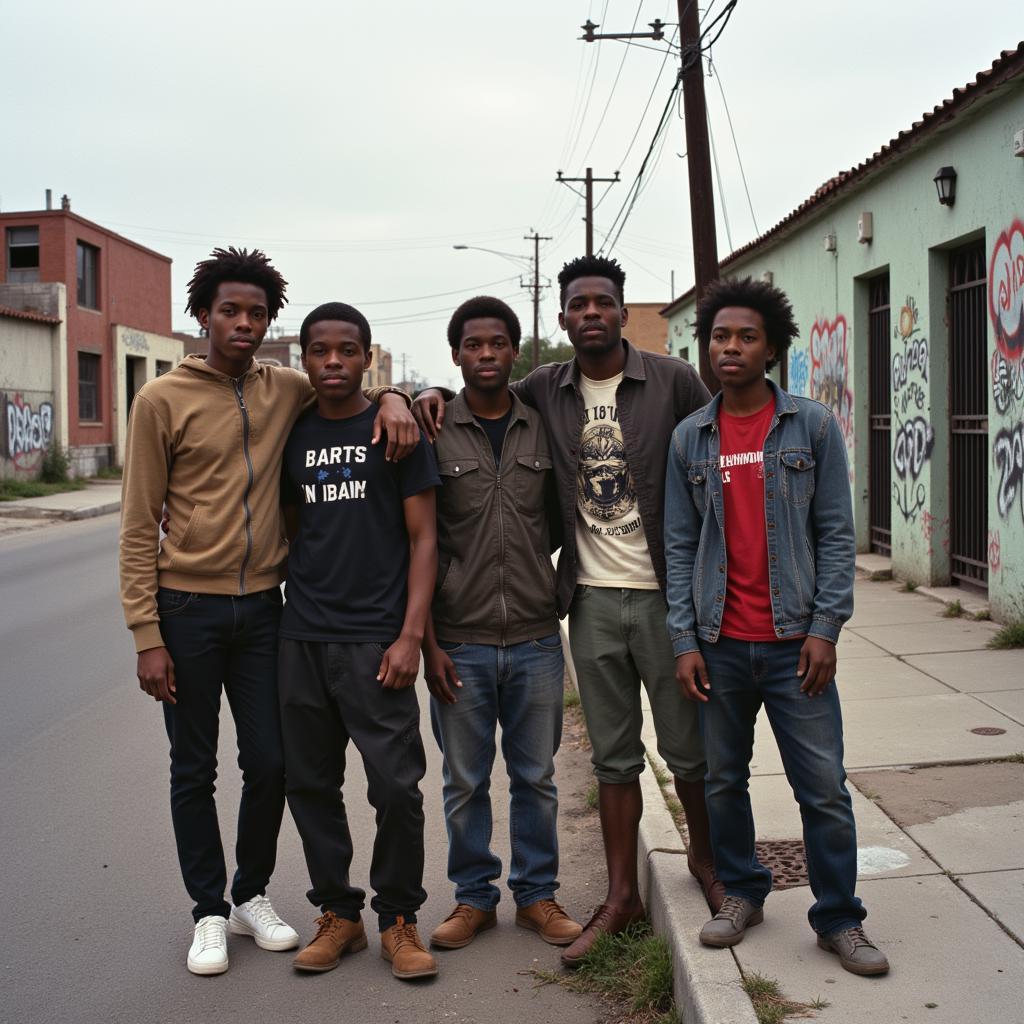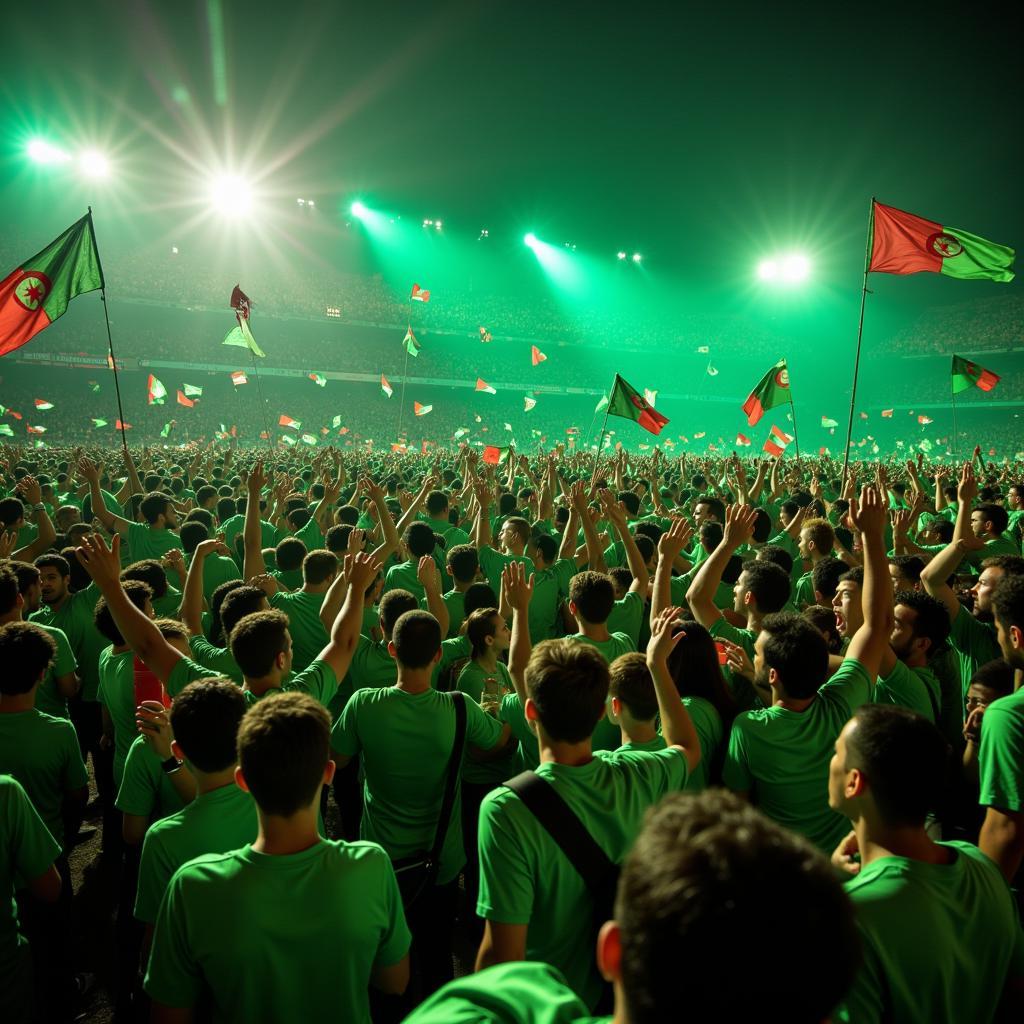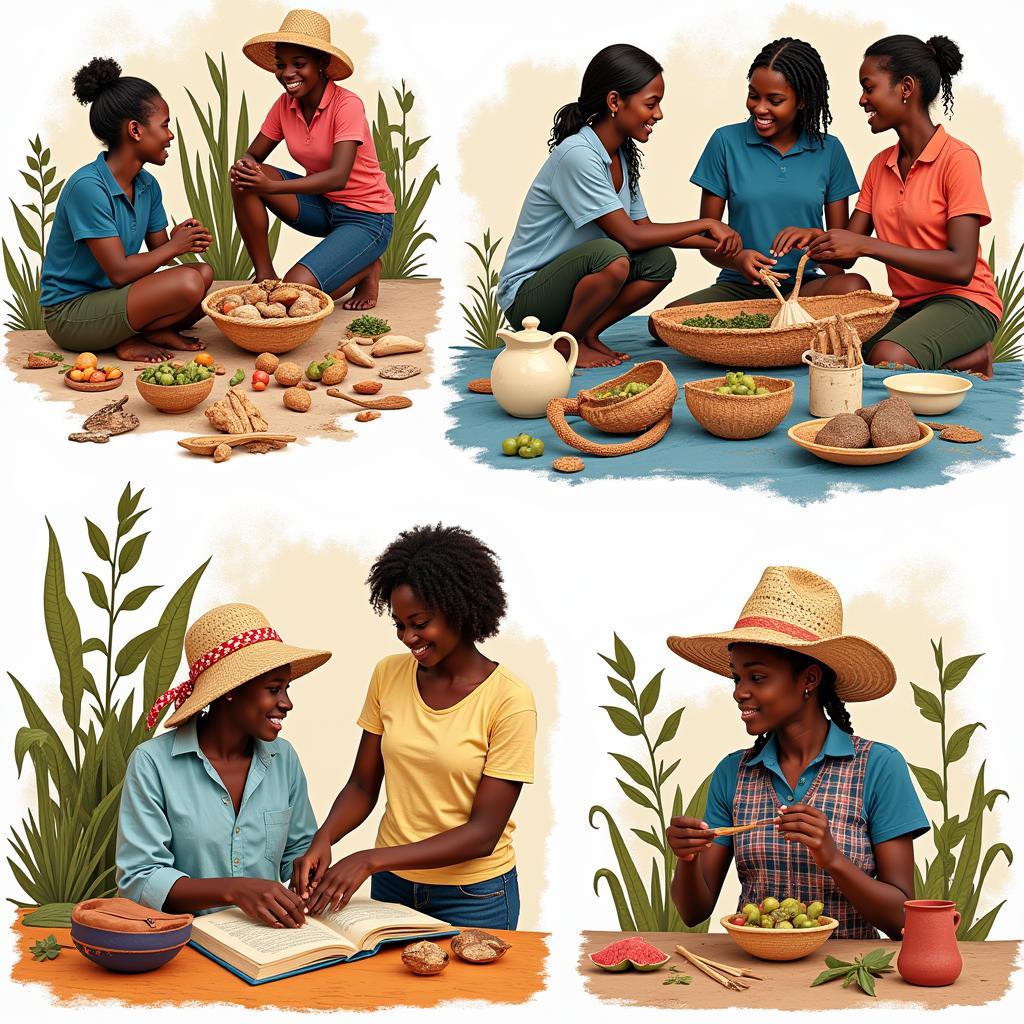Exploring the Vibrant World of African Art in Kenya
African Art In Kenya represents a rich tapestry of cultural expressions, reflecting the country’s diverse ethnic groups and traditions. From intricate beadwork and vibrant textiles to powerful wood carvings and contemporary paintings, Kenyan art offers a captivating glimpse into the heart of East Africa. This article delves into the diverse forms of Kenyan art, exploring their historical significance, cultural context, and contemporary evolution. After reading this, you’ll have a deeper understanding of the captivating world of Kenyan art.
A Journey Through Kenyan Artistic Traditions
Kenyan art is deeply intertwined with the country’s history and its people. For centuries, art has played a crucial role in communication, storytelling, and spiritual practices. Each ethnic group in Kenya has developed unique artistic styles, techniques, and motifs, contributing to the country’s rich artistic heritage.
The Power of Wood Carvings
Wood carving is one of the most prominent art forms in Kenya, particularly among the Makonde people known for their intricate ebony carvings. These carvings often depict human figures, animals, and spirits, reflecting the Makonde’s deep connection to nature and their ancestral beliefs. Other communities, such as the Kamba, are renowned for their carved animals, often sold as souvenirs but holding deeper cultural meaning.
The Beauty of Beadwork and Textiles
Beadwork and textiles are integral to Kenyan culture, adorning clothing, accessories, and ceremonial objects. The Maasai, known for their vibrant red shukas (blankets) and elaborate beadwork, use color and pattern to express identity, status, and age. Similarly, the Turkana people create stunning beaded jewelry, each piece imbued with symbolic meaning. These intricate creations are not merely decorative; they tell stories, preserve traditions, and connect generations. If you’re looking for unique African boots, check out more information on African boots Kenya.
Contemporary Kenyan Art: A Fusion of Tradition and Innovation
While traditional art forms continue to thrive, contemporary Kenyan artists are pushing boundaries and exploring new mediums and themes. Painters, sculptors, and mixed-media artists are drawing inspiration from their heritage while engaging with contemporary issues such as urbanization, globalization, and social justice. This dynamic interplay between tradition and innovation is shaping the future of Kenyan art.
What are some popular Kenyan art forms?
Some popular Kenyan art forms include wood carvings, beadwork, textiles, paintings, and pottery. Each art form reflects the unique cultural traditions of different ethnic groups within Kenya.
Where can I buy authentic Kenyan art?
Authentic Kenyan art can be purchased from reputable art galleries, craft markets, and directly from artists. It’s important to be aware of counterfeit items and ensure you’re supporting local artisans.
The Significance of African Art in Kenya’s Cultural Identity
“Kenyan art is not just about aesthetics; it’s a powerful expression of cultural identity, a testament to the resilience and creativity of the Kenyan people,” says Dr. Anika Moti, a renowned art historian specializing in East African art. “Through their art, Kenyans preserve their history, celebrate their diversity, and share their stories with the world.”
Preserving Kenya’s Artistic Heritage
The preservation of Kenya’s artistic heritage is crucial for future generations. Museums, cultural centers, and art initiatives play a vital role in documenting, conserving, and promoting Kenyan art. Supporting local artists and encouraging the transmission of traditional skills are essential for ensuring the continued vibrancy of this rich cultural tapestry. For businesses looking to connect with Kenyan development, you might find the African Development Bank Kenya contacts useful. If you’re planning a trip to explore African art, you could consider joining some African group tours from Bangalore.
Conclusion
African art in Kenya is a vibrant and dynamic expression of the country’s rich cultural heritage. From traditional wood carvings and beadwork to contemporary paintings and sculptures, Kenyan art offers a captivating window into the soul of East Africa. By supporting Kenyan artists and engaging with their work, we can contribute to the preservation of this invaluable cultural treasure.
FAQ
- What is the most famous type of African art in Kenya? Makonde wood carvings are among the most recognized forms of Kenyan art.
- What do the colors in Maasai beadwork symbolize? Maasai beadwork uses color to represent various aspects of life, such as age, status, and even emotions.
- Where can I learn more about contemporary Kenyan artists? Numerous art galleries and cultural centers in Nairobi and other major cities showcase the work of contemporary Kenyan artists.
- Are there any online resources for exploring Kenyan art? Yes, several websites and online platforms are dedicated to promoting and selling Kenyan art.
- How can I support Kenyan artists? Buying authentic Kenyan art directly from artists or reputable galleries is a great way to support their work.
- What is the role of art in Kenyan society? Art plays a vital role in Kenyan society, serving as a form of communication, storytelling, and cultural preservation.
- Are there any ethical considerations when buying African art in Kenya? It’s important to ensure that the art you purchase is ethically sourced and that the artists are receiving fair compensation for their work.
Other Questions You Might Have
- What are the different regional styles of Kenyan art?
- How has colonialism impacted Kenyan art?
- What are the current trends in the Kenyan art scene?
Explore More
- Discover more about African butterfly cichlid tank mates. Though seemingly unrelated, exploring diverse topics can broaden your understanding of different cultures.
When you need support, please contact us by phone: +255768904061, email: [email protected] or visit us at Mbarali DC Mawindi, Kangaga, Tanzania. We have a 24/7 customer service team.


